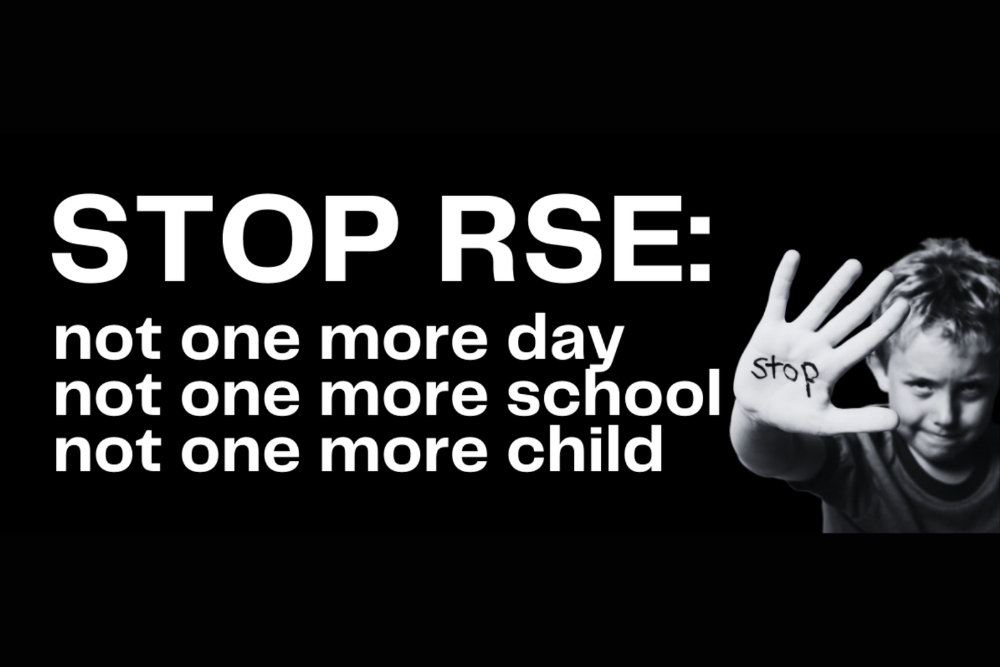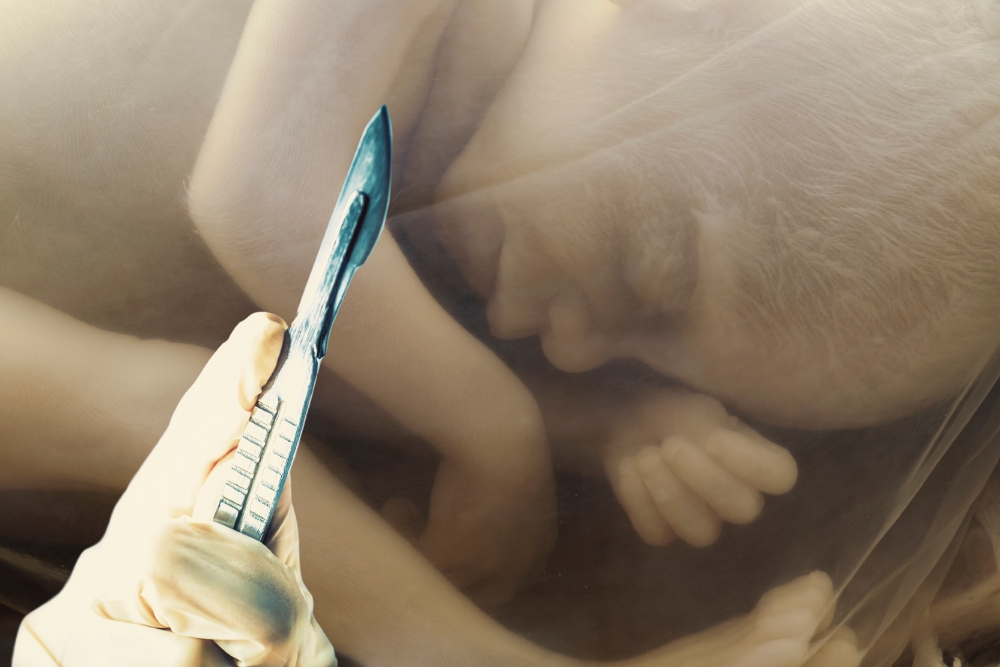Data presented at a 7 June US CDC meeting and a paper published in the prestigious Nature journal on 25 June using data from France, both confirm an increased risk of myocarditis or pericarditis in the week following covid-19 vaccination. This is especially true for males below the age of 40. Only the Pfizer (BNT162b2) and Moderna (mRNA-1273) products were involved in the data from both countries. Of importance is that the conclusions are consistent across both countries and reporting systems.
The CDC had its regular Vaccines and Related Biological Products Advisory Committee Meeting early in June and discussed updated data relating to the incidence of myocarditis & pericarditis from 2 reporting systems, VAERS (Vaccine Adverse Event Reporting System) and VSD (Vaccine Safety Datalink).
The summary slide from the CDC presentation states the elevated risk for young males very clearly.

VAERS
A cautionary note regarding the data in the VAERS system is that it accepts reports from everyone (healthcare professionals, patients, parents, caregivers, manufacturers, etc.) regardless of the plausibility of the vaccine causing the event or the clinical seriousness of the event. So while it is an excellent early reporting system, it is a passive surveillance system that generally cannot determine cause and effect.
In this presentation of data, the CDC used only VAERS cases that had been verified by medical records or interviews with doctors.
The result of analysing only the verified cases and temporal proximity of symptoms to dose, yielded the following table:
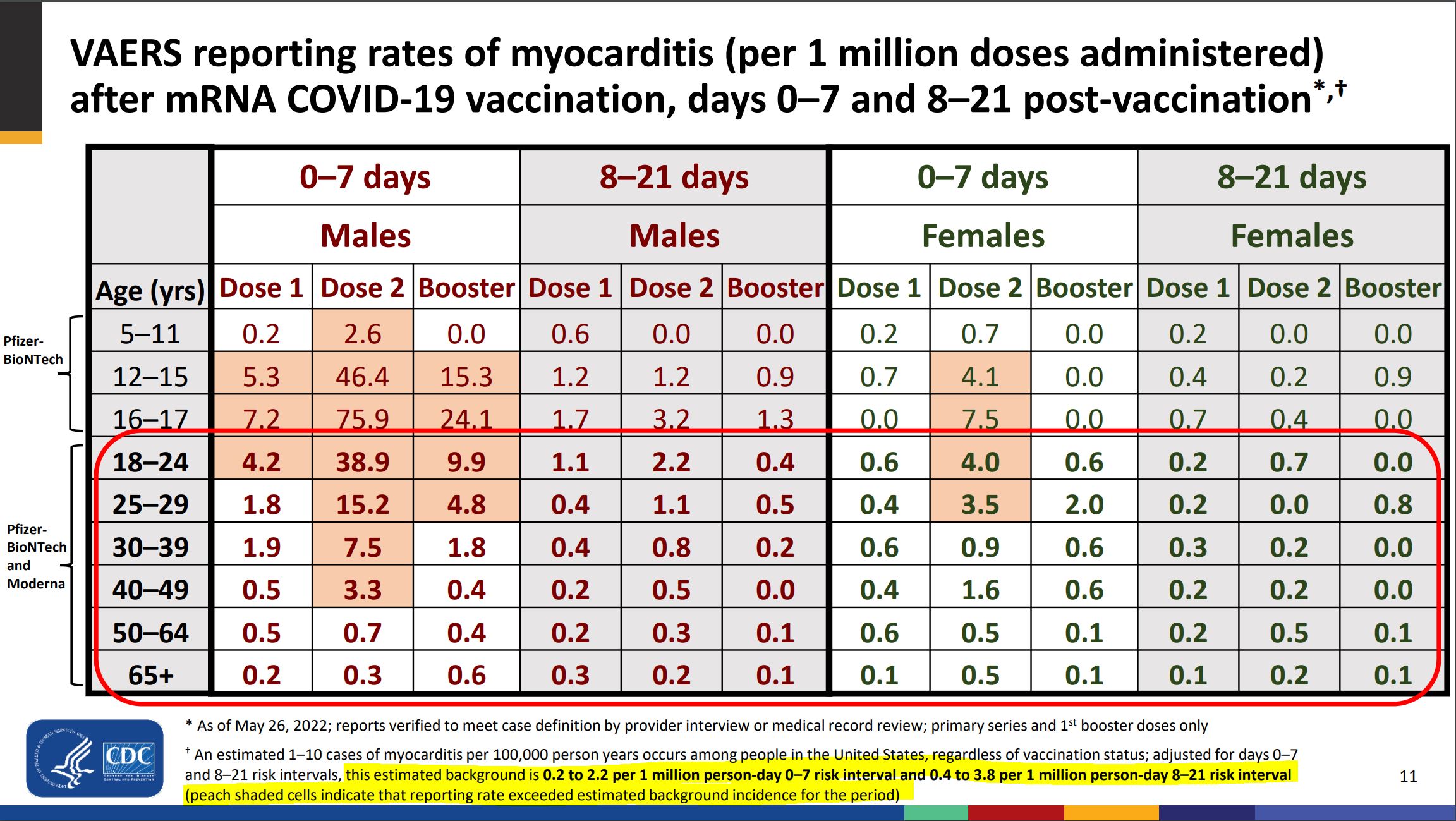
The footnotes to the table show the “background” rate of myocarditis in the same population. The table is also split by the product manufacturer, except for the age bands above 18 where data for both products are combined.
A markedly higher (than background) incidence of myocarditis in the week following Dose 2 was observed for males in the 18-49 age groups. This was particularly for the 18-29 age groups.
The incidence for females was elevated for the 18-29 age groups following Dose 2 but not as marked as for males.
Vaccine Safety Datalink (VSD)
Much less well-known than VAERS, the Vaccine Safety Datalink (VSD) is a collaborative project between CDC’s Immunization Safety Office and nine health care organizations. Its purpose is “to monitor safety of vaccines and conduct studies about rare and serious adverse events following immunization.”
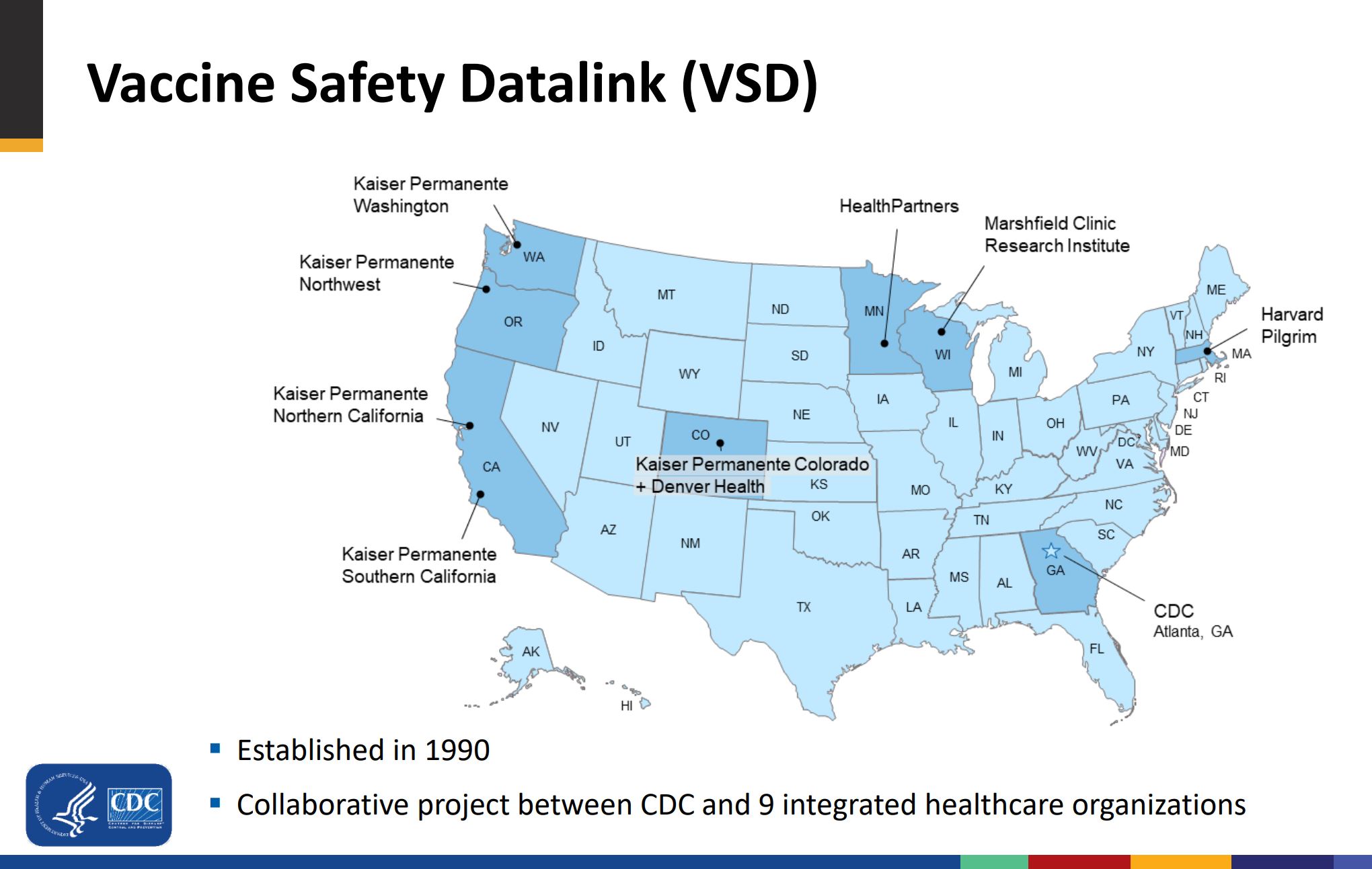
Data from VSD focused on the first week after dosage and corroborated what was observed in the VAERS analysis.


Nature Journal Paper
“Age and sex-specific risks of myocarditis and pericarditis following Covid-19 messenger RNA vaccines” was published using nationwide hospital discharge and vaccine data from France. The period studied was May 12, 2021 to October 31, 2021 and all 1612 cases of myocarditis and 1613 cases of pericarditis that occurred in that period were analysed.
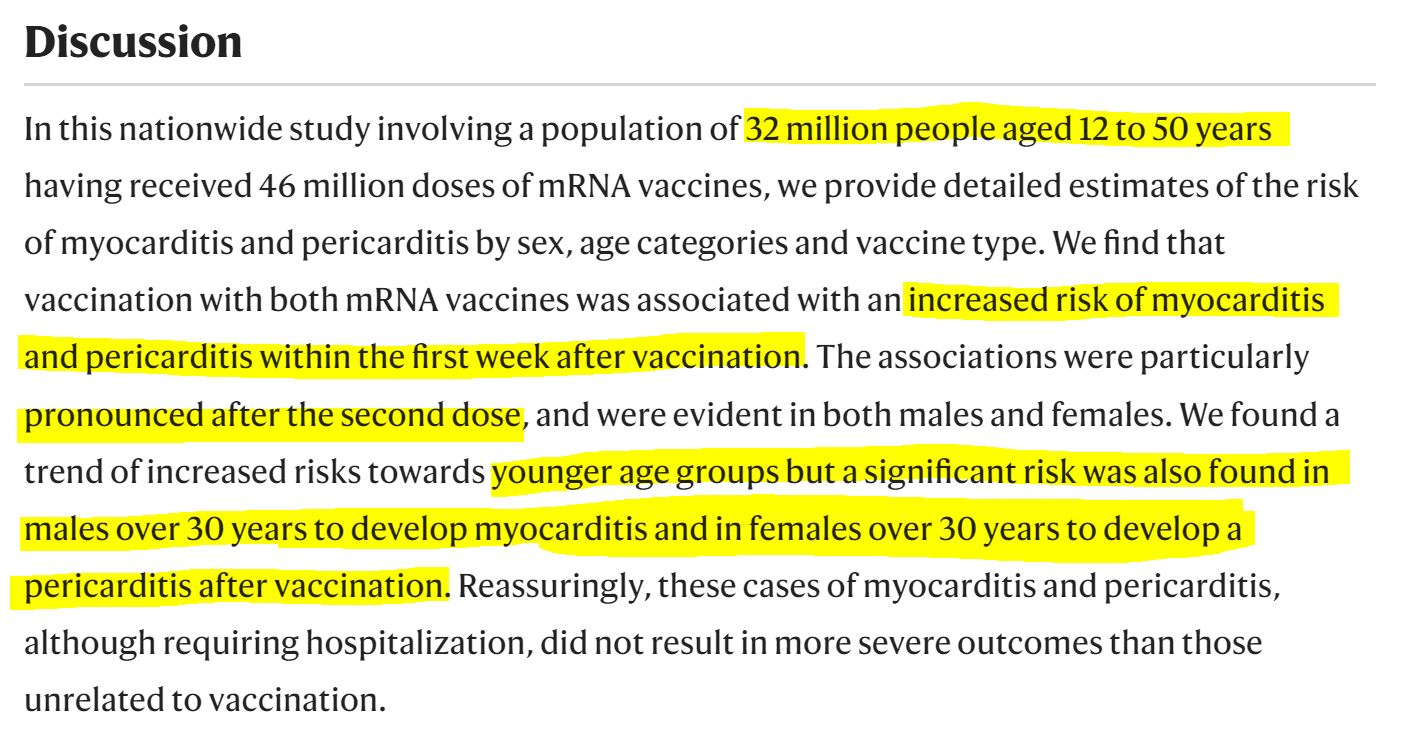
The essence of the paper can be seen in the adjusted odds ratio charts shown below for myocarditis and pericarditis, displayed by product, dose, age band and sex. Congruent with the US data, there is a clearly elevated risk for males following the 2nd dose and in the age bands below 40.
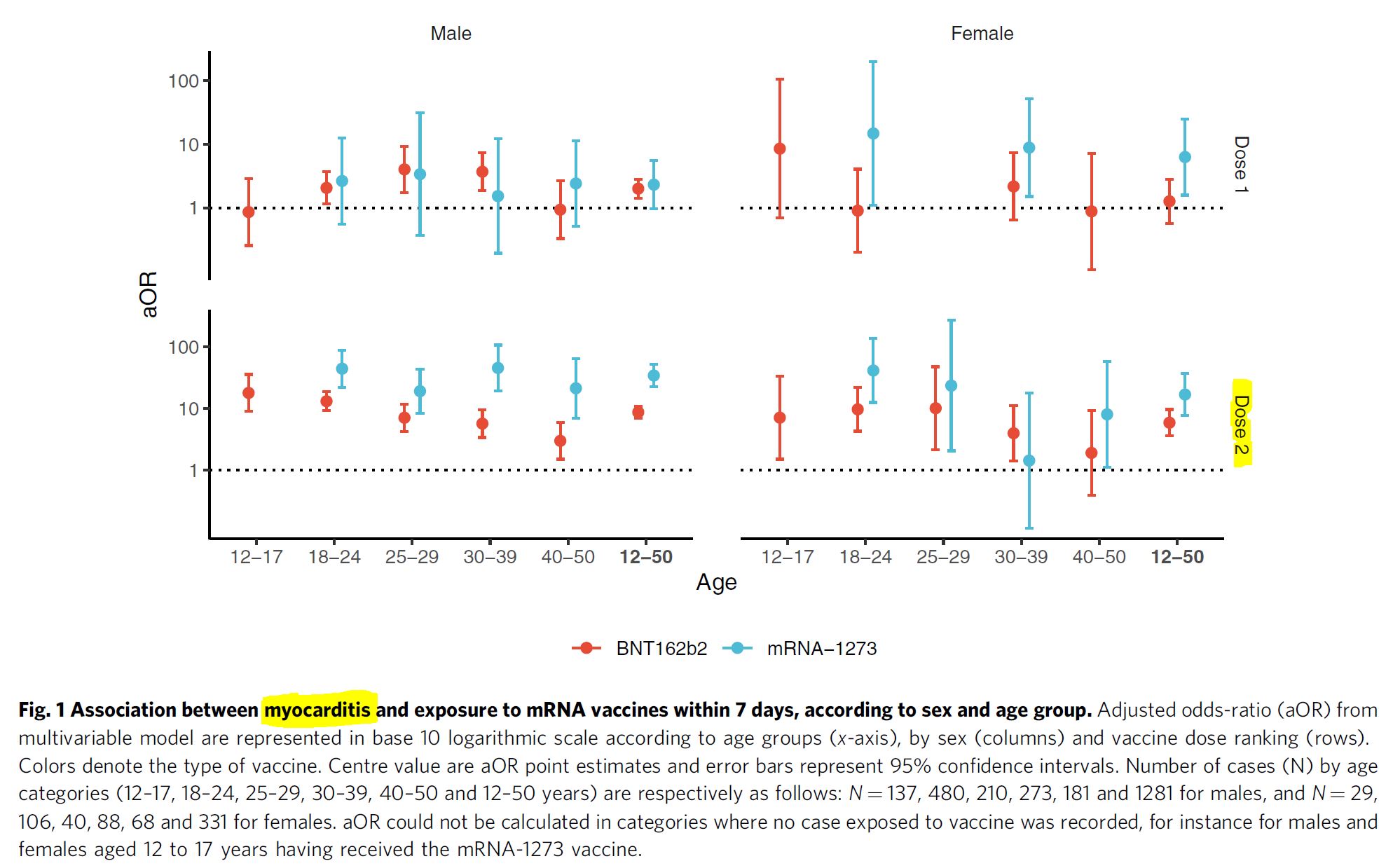

Long-term Impacts
Both the CDC and the authors of the Nature paper state that long-term impacts are unknown, with the authors of the paper being rather clearer about this uncertainty. The CDC states that “available information to date” indicates that most people who have experienced these adverse effects recover. However the fact remains that insufficient time has elapsed for long-term data to be available, as the Nature paper concludes:




